CMA Interest Earnings Calculator
Calculate Your Savings Potential
Your Savings Breakdown
Traditional Savings: $0.00
CMA Earnings: $0.00
Annual Difference: $0.00
Why the Difference?
At the rates shown, you could earn 9.8x more interest with a cash management account. For example, with $20,000, you'd earn $920/year in a CMA versus only $92/year in a traditional savings account.
FDIC Coverage Alert
Your money is safe as long as it's distributed across multiple FDIC-insured banks. Check your provider's coverage:
- Minimum 5 partner banks for balances over $500,000
- Always verify distribution across banks
- FDIC covers $250,000 per bank per depositor
Most people keep their cash in a savings account because it’s safe. But if your savings account is earning 0.46% APY while the market is offering over 4.5%, you’re leaving hundreds of dollars on the table every year. That’s where cash management accounts come in. These aren’t traditional bank accounts. They’re hybrid tools built by brokers like Fidelity, Charles Schwab, and SoFi that let you earn high interest on idle cash - while still paying bills, using a debit card, and moving money instantly into investments.
How Cash Management Accounts Actually Work
A cash management account (CMA) doesn’t hold your money itself. Instead, it’s a digital layer that automatically moves your uninvested cash into FDIC-insured partner banks. Think of it like a smart switchboard: when you deposit $10,000 into your Fidelity CMA, that money doesn’t sit in a Fidelity vault. It gets split across multiple banks - maybe 10, 20, or even 24 - each carrying up to $250,000 in FDIC insurance. So your $10,000 is fully protected, and it earns 4.60% APY instead of 0.46%.
This setup solves two big problems. First, traditional savings accounts pay almost nothing. Second, if you have more than $250,000 in cash, you can’t get full FDIC coverage at one bank. CMAs fix both. SoFi, for example, uses a network of partner banks to protect up to $2.5 million for a single account holder. That’s not magic - it’s smart structuring.
And it’s not just about interest. You get a debit card, free ATM withdrawals (with monthly reimbursements), online bill pay, direct deposit, and instant transfers to your brokerage account. No more waiting three to five days for money to clear before buying a stock. Your cash works for you 24/7.
Yield Comparison: Why CMAs Crush Traditional Accounts
Let’s say you have $20,000 sitting in a typical savings account. At 0.46% APY, you earn $92 a year. Now move that same $20,000 into a CMA earning 4.60% APY. You earn $920. That’s $828 more - enough to cover a month’s worth of groceries or a weekend trip.
Compare that to checking accounts: 87% of them pay zero interest, according to Bankrate’s 2023 survey. Even high-yield checking accounts rarely top 1% APY. CMAs aren’t just better - they’re in a different league.
Brokerage accounts without CMA features are even worse. If your money sits in a brokerage’s settlement fund, you might earn 0.01% or nothing at all. That’s not investing - that’s cash rot. CMAs turn idle cash into a real asset.
Safety: FDIC Insurance Explained (And the Hidden Risk)
The biggest concern people have about CMAs is safety. “Is my money really protected?” The answer is yes - but only if you understand how.
FDIC insurance covers up to $250,000 per depositor, per bank. So if your CMA uses 10 partner banks, and your $1 million is evenly distributed, each $100,000 sits safely under the FDIC limit at each bank. Total coverage? $2.5 million.
But here’s where people get tripped up. Many assume their entire balance is covered by one bank’s FDIC limit. That’s wrong. If your provider uses only three partner banks and you have $1 million, you’re fully covered. But if you deposit $800,000 into a CMA that uses only two banks, and one of them fails, you could lose $300,000. It’s rare, but it’s possible.
That’s why you need to check your provider’s partner bank network. Fidelity, Schwab, and SoFi use 18-24 banks. Smaller fintechs? Sometimes as few as 5. Ask your provider: “How many FDIC-insured banks do you use?” and “Can I see my cash allocation across them?” Most dashboards show this clearly.
Also remember: CMAs are not covered by SIPC. SIPC protects you if your brokerage goes bankrupt and your stocks or bonds are missing. But it doesn’t protect cash. FDIC does. So if you’re holding cash, FDIC coverage is your safety net - not SIPC.
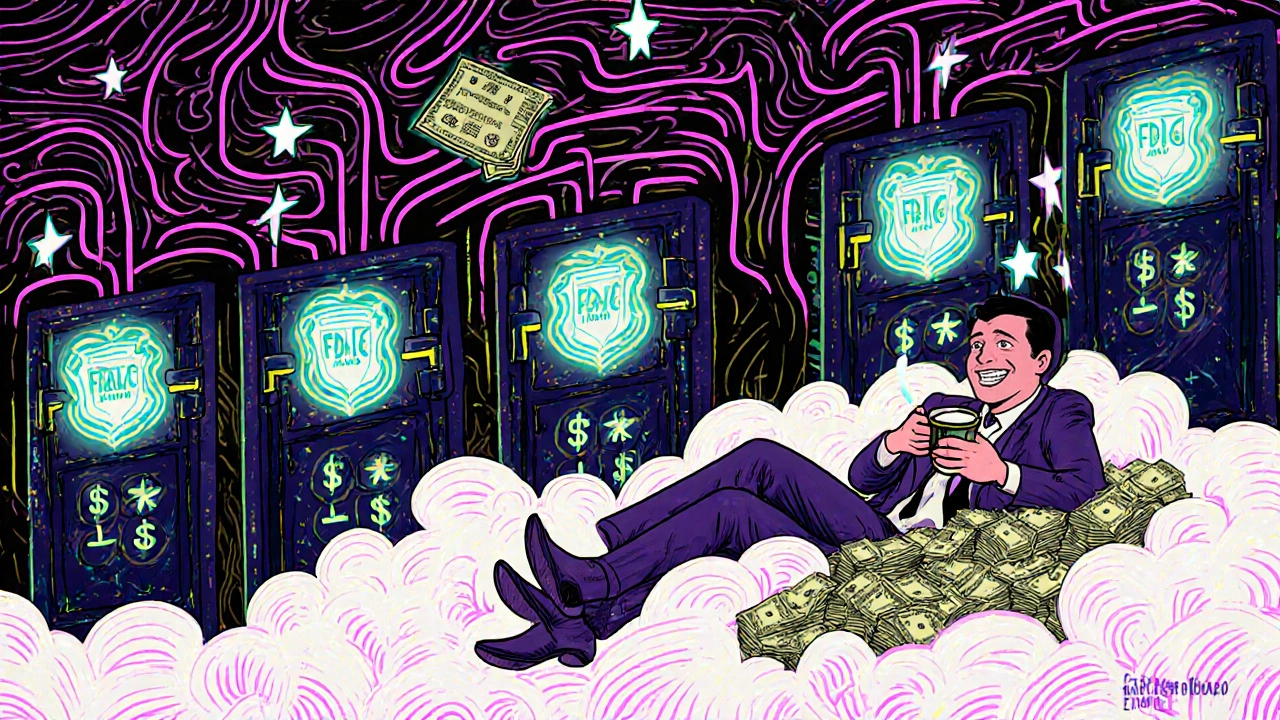
Who Should Use a Cash Management Account?
CMAs aren’t for everyone. But they’re perfect for three types of people:
- Investors who trade often: If you’re constantly moving money between cash and stocks, a CMA cuts settlement time from days to minutes. No more waiting for funds to clear before buying a stock.
- Business owners: Companies using Brex or Ramp CMAs report saving 5-7 hours a week on bookkeeping. Automated reconciliation with QuickBooks and Xero means less time chasing receipts and more time running the business.
- People with $250,000+ in cash: If you’re maxing out FDIC coverage at one bank, a CMA is the only way to safely hold more without buying CDs or money market funds manually.
On the flip side, skip CMAs if you:
- Need in-person banking (only 37% of CMA providers have physical branches)
- Keep less than $5,000 in cash (you won’t earn enough interest to offset potential fees)
- Prefer human customer service over chatbots (response times average 3.2 days for CMAs vs. 1.4 days at traditional banks)
Top Providers in 2025: Rates, Fees, and Features
Not all CMAs are created equal. Here’s how the top players stack up as of October 2025:
| Provider | APY (as of Oct 2025) | Min Balance | FDIC Partner Banks | Debit Card | ATM Reimbursement | Business Use? |
|---|---|---|---|---|---|---|
| Fidelity | 4.60% | $0 | 24 | Yes | $10/month | Yes |
| Charles Schwab | 4.40% | $0 | 20 | Yes | Unlimited | Yes |
| SoFi | 4.80% (on balances over $100K) | $0 | 10 | Yes | $10/month | No |
| Brex | 4.87% | $0 | 15 | Yes | $10/month | Yes |
| Vanguard | 4.25% | $0 | 18 | Yes | $10/month | Yes |
Charles Schwab stands out for unlimited ATM fee reimbursements - a huge win for frequent travelers. SoFi offers the highest rate for larger balances. Brex is the only one built for businesses with automated accounting tools. Fidelity and Vanguard are the most reliable for customer service, according to J.D. Power’s 2023 survey.
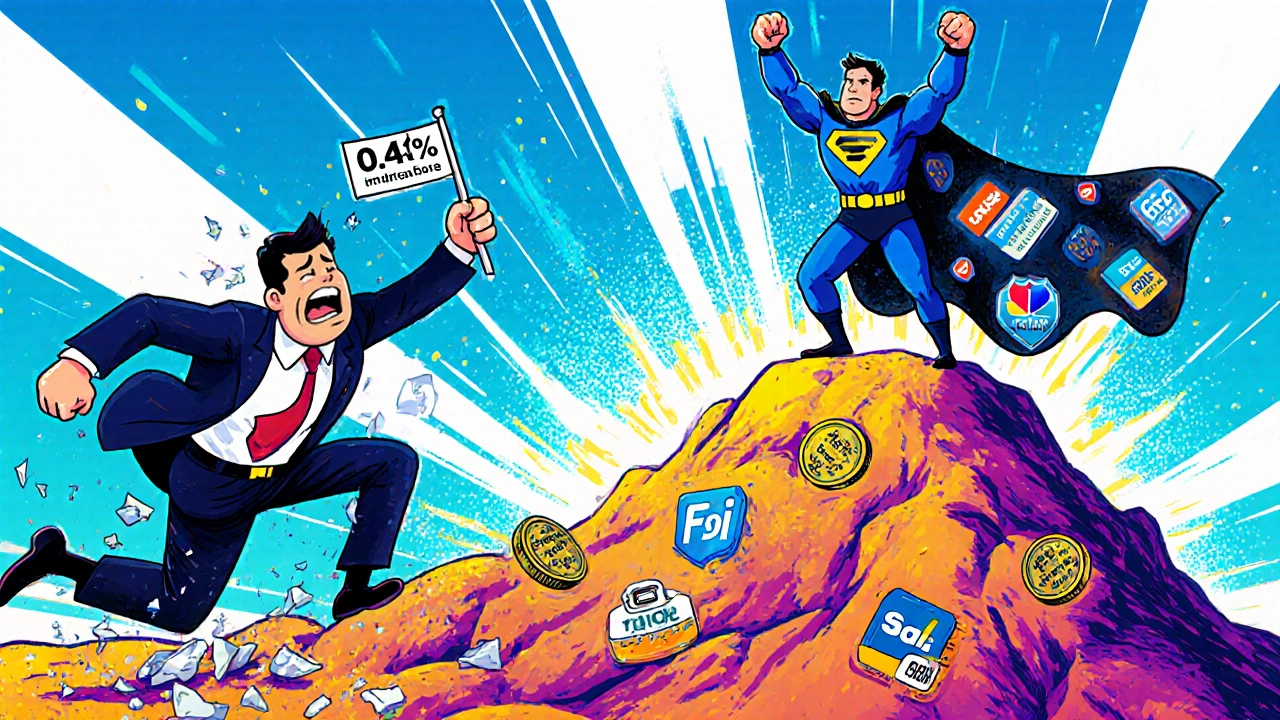
Getting Started: What You Need to Know
Opening a CMA takes less than 20 minutes online. You’ll need:
- A valid ID and Social Security number
- Your email and phone number
- Proof of address (utility bill or bank statement)
Once approved, you can link your existing bank account and transfer funds. Most providers process transfers in 1-3 business days. Your debit card arrives in 7-10 days.
After setup, spend 30 minutes exploring the dashboard. Look for:
- Where your cash is distributed (partner bank breakdown)
- How much interest you’ve earned this month
- Whether automatic sweeps are enabled (they should be)
- Fee thresholds (e.g., “$25,000 minimum for premium features”)
Set up direct deposit for your paycheck. Link your bill pay services. Enable notifications for low balances or unusual activity. You’re not just opening an account - you’re automating your cash flow.
Common Mistakes and How to Avoid Them
People make three big mistakes with CMAs:
- Assuming their entire balance is covered by one FDIC limit. Always check how many partner banks your provider uses. If it’s less than 4 and you have over $1 million, consider splitting your cash.
- Not checking for hidden fees. Some providers charge $5/month if you don’t maintain a $25,000 balance. Others charge for wire transfers or paper statements. Read the fine print.
- Forgetting Regulation D. You’re limited to six convenient transfers per month from your savings component (like transfers to another account or debit card payments). Exceed that, and you could get hit with fees or be downgraded to a checking account.
Also, don’t ignore customer service. If you have a dispute, you’re dealing with a digital platform - not a branch manager. Keep records. Take screenshots. Use the provider’s chat or phone line immediately. Delays can cost you.
What’s Next for Cash Management Accounts?
The CMA market is growing fast. In 2023, it hit $1.2 trillion in assets. By 2027, Gartner predicts it will hit $2.1 trillion. Why? Because technology keeps improving.
Smart sweep engines now shift your cash between partner banks in real time to capture the highest yields - boosting returns by 0.25-0.35% annually. AI tools are starting to predict when you’ll need cash and automatically move funds from investments into your CMA before you even ask.
Regulators are watching too. The FDIC is reviewing whether third-party platforms like CMAs should be held to stricter standards. If rules tighten, providers may reduce the number of partner banks or cap coverage - which could affect safety.
For now, CMAs are the best tool for cash that’s not in the market. They’re not perfect, but they’re the closest thing to a free money machine - if you use them right.
Are cash management accounts FDIC insured?
Yes - but not directly. Your money is held in FDIC-insured partner banks, and each bank protects up to $250,000 per depositor. If your provider uses 10 banks, your $2 million could be fully covered. Always check how many banks your CMA uses and confirm your cash is distributed across them.
Can I lose money in a cash management account?
You won’t lose principal if your cash stays under the FDIC limits per bank. But you can lose money if your provider uses too few partner banks and one fails - or if you exceed the 6-transfer limit per month and get charged fees. CMAs don’t invest your cash in stocks or bonds, so there’s no market risk.
Do I pay taxes on the interest from a CMA?
Yes. Interest earned on a CMA is taxable as ordinary income, just like interest from a savings account. Your provider will send you a 1099-INT form at the end of the year if you earn more than $10 in interest.
Can I use a CMA for my business?
Yes - but only if your provider offers business CMAs. Brex, Ramp, Fidelity, and Schwab all have business versions with features like multi-user access, automated accounting syncs, and higher transaction limits. Personal CMAs don’t allow business use.
How do I choose the best CMA for me?
Start with your needs. If you trade often, pick Fidelity or Schwab for speed and support. If you have over $100K in cash, SoFi offers the highest yield. If you’re a business owner, go with Brex. Check the number of partner banks, ATM perks, and customer service ratings. Avoid providers with fewer than 5 partner banks if you have more than $500,000.
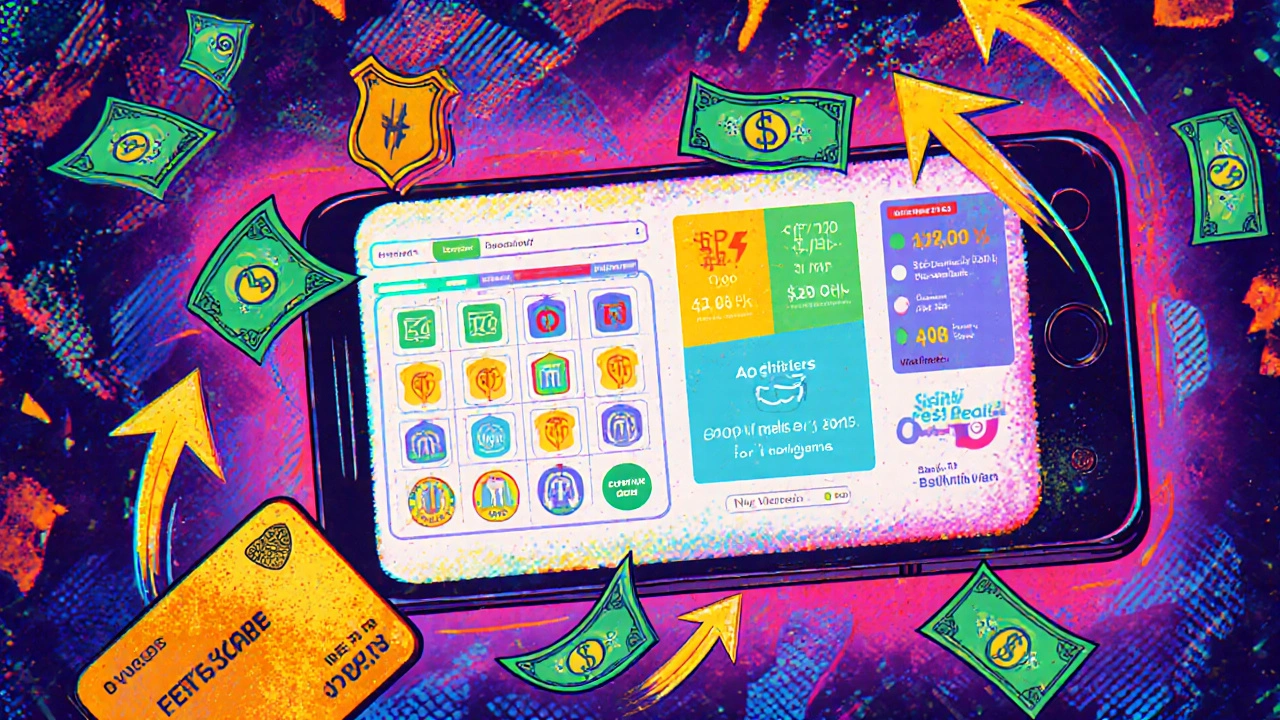
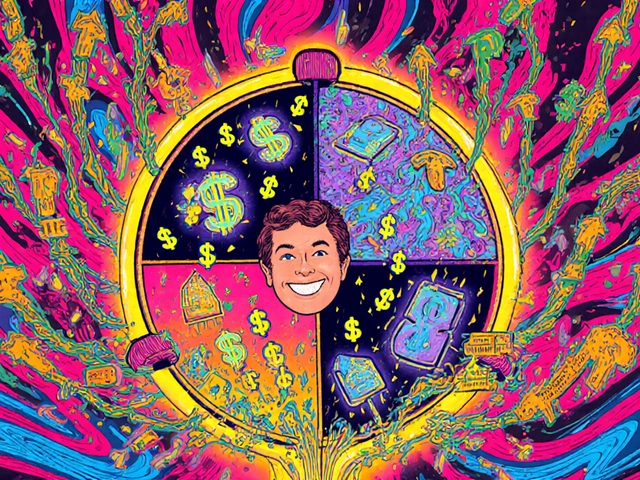
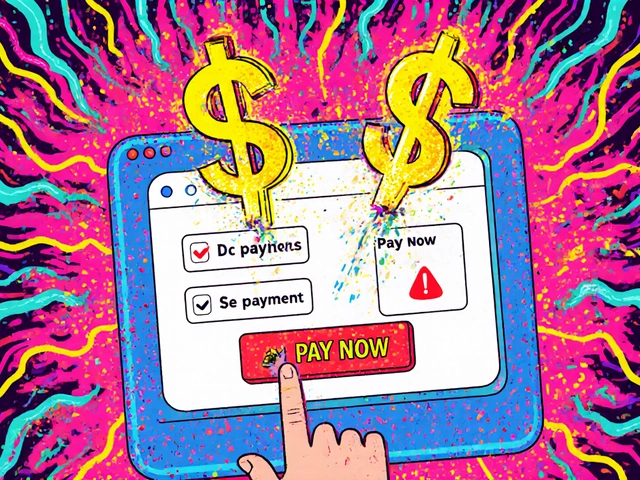


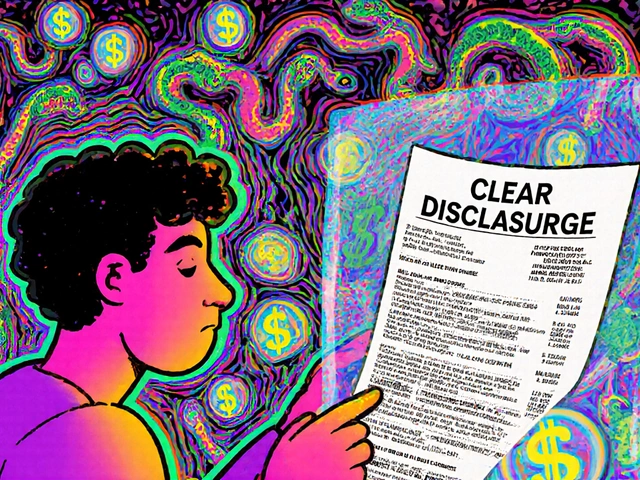
Comments
Just switched to Schwab CMA last month-unlimited ATM reimbursements are a game changer for my travel habits. Also, the interest is actually making me feel like I’m not losing money just by having cash lying around. 😊
I appreciate how this article breaks down the FDIC mechanics-it’s easy to assume your whole balance is covered, but the partner bank distribution is the real key. I checked mine last week and realized I had 80% of my cash in just two banks. Moved half to Fidelity immediately. Safety first, even if it’s ‘just cash.’
Let me be blunt: if you're still using a traditional savings account in 2025, you're either naive or lazy. 0.46%? That’s not a savings account-it’s a donation to the bank’s yacht fund. I’ve got $1.8M split across Fidelity, Schwab, and Brex, and I’m earning nearly $85k/year in interest. This isn’t ‘financial advice’-it’s basic math. Stop letting your money sleep while the bank buys private islands. Also, SoFi’s 4.8% is a trap if you’re under $100k-don’t chase the headline rate. Use the tools, check the partner banks, and stop being cheap with your own wealth.
It’s fascinating how something as mundane as cash management has evolved into such a sophisticated financial architecture-almost like a silent orchestra where your dollars are quietly shuffled between institutions to ensure safety and yield. I used to think of cash as dead money, but now I see it as the silent engine of liquidity, the foundation upon which investment decisions are made without panic. And yet, we must remain vigilant: the system relies on transparency, and not all providers are equally honest about their partner networks. I’ve spent hours reading the fine print, and I still find myself double-checking my dashboard every month. Is it overkill? Maybe. But when your life savings are at stake, isn’t it better to be slightly obsessive than tragically careless? Also, I wonder if regulators will one day classify CMAs as de facto banks-because functionally, they already are. The distinction feels increasingly philosophical, like arguing whether a smartphone is a phone or a computer. Either way, I’m glad I found this. Thank you for writing it.